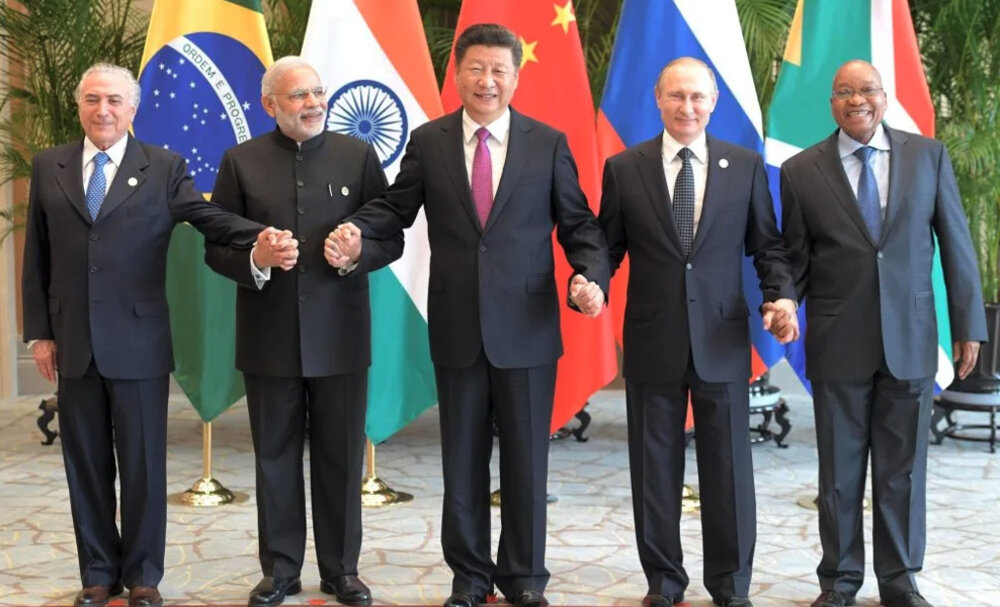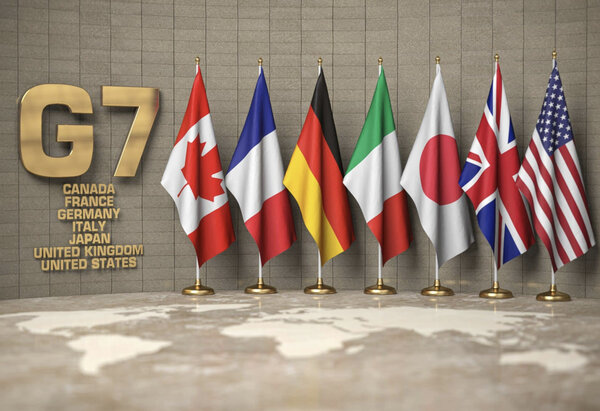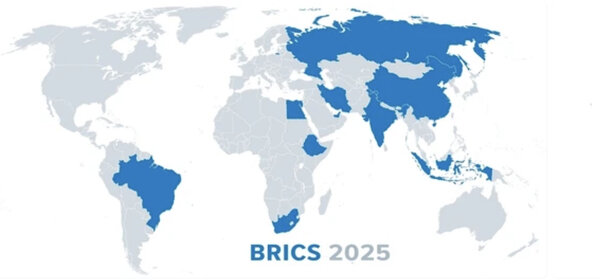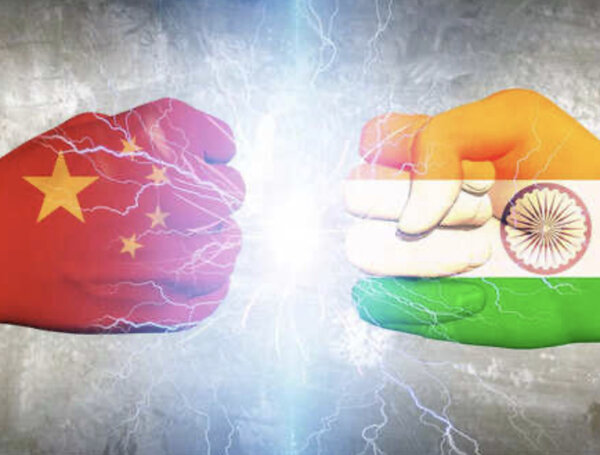Cultural Barriers to BRICS Collaboration vs Western Alliances
The BRICS coalition, its original five members comprising Brazil, Russia, India, China, and South Africa has emerged as a bloc that challenges Western dominance. However, BRICS faces inherent cultural and civilizations barriers that impede deeper collaboration among its members. BRICS nations are highly diverse in terms of language, religion, ethnicity, and political culture, which contrasts sharply with the more culturally cohesive Western groupings, such as the G7, NATO, or the Five Eyes alliance. The profound differences in cultural backgrounds among BRICS members often make it difficult for them to find common ground, leading to a cooperation that is more fragile and transactional compared to the shared heritage and values that underpin Western alliances.
Cultural Cohesion of Western Alliances
The strength of Western alliances largely stems from their cultural commonality and shared values. All G7 members — the United States, Canada, the United Kingdom, Germany, France, Italy, Japan — are advanced economies with similar cultural roots in liberal democracy and (barring Japan), a Western Christian heritage. Similarly, NATO explicitly unites countries around shared civic ideals such as individual liberty, human rights, democracy, and the rule of law, reflecting a common political culture across North America and Europe (Turkey perhaps does not share entirely these common values it was a pragmatic addition to the NATO alliance to counter the Soviets).
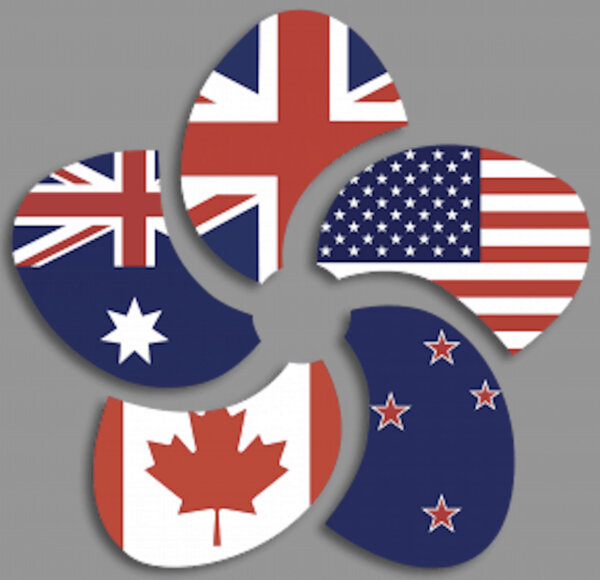 The Five Eyes intelligence alliance is even more culturally homogeneous, comprising the five core Anglosphere countries: the United States, the United Kingdom, Canada, Australia, and New Zealand. These nations not only share the English language but also have common English legal traditions (i.e. common law ) and complementary culturally protestant values (e.g. individualism, freedom of conscience, governance by consent), fostering a high level of mutual trust.
The Five Eyes intelligence alliance is even more culturally homogeneous, comprising the five core Anglosphere countries: the United States, the United Kingdom, Canada, Australia, and New Zealand. These nations not only share the English language but also have common English legal traditions (i.e. common law ) and complementary culturally protestant values (e.g. individualism, freedom of conscience, governance by consent), fostering a high level of mutual trust.
This deep cultural affinity enhances the cohesion of these Western groups. Members of NATO or Five Eyes, for instance, generally see each other as part of the same “family” of nations, which facilitates cooperation and promotes a willingness to defend one another in times of crisis. An American or British official can collaborate with a Canadian or Australian counterpart with minimal cultural barriers—they share the same language (both literally and figuratively) and often have similar default approaches. This alignment in outlook serves as a strong adhesive, binding these alliances together.
BRICS, by contrast, is an amalgamation of vastly different civilizations and societies with very little in common organically. Each member represents a distinct cultural sphere.
BRICS Members are Highly Distinct to One Another
Brazil, for its part, is a democratic Latin American state primarily rooted in Portuguese culture and the Catholic tradition. It is also shaped by a large Black and Native ancestry. It is primarily Portuguese speaking.
 India is a democratic highly religious Hindu nation with an Indo-Aryan heritage. Its largest ethnic-linguistic group is the Hindustani-speaking people of northern India.
India is a democratic highly religious Hindu nation with an Indo-Aryan heritage. Its largest ethnic-linguistic group is the Hindustani-speaking people of northern India.
Russia functions as an empire. It is majority Slavic, but is composed of other large ethnic groups that it took over in Central Asia, Siberia and the Caucuses. Although its society became secularized the Soviet era, the empire retained a distinct cultural identity rooted in the Russian Eastern Orthodox Church. It is primarily Russian speaking.
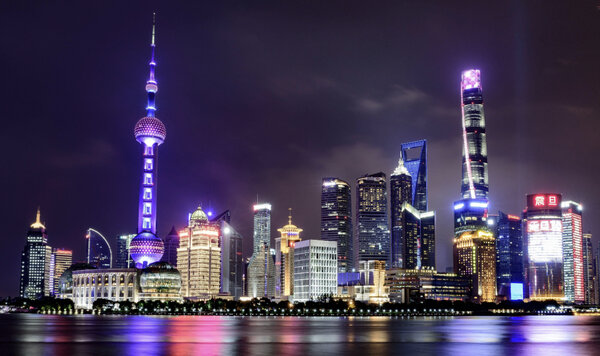 China is an East Asian Han one-party ethnostate (90% of China is Han) that has colonized Tibet, Inner Mongolia, and parts of Central Asia. After decades of Communist Party rule China has become highly secularized, although it retains a Confucian-Buddhist cultural legacy. Primarily Mandarin Chinese speaking.
China is an East Asian Han one-party ethnostate (90% of China is Han) that has colonized Tibet, Inner Mongolia, and parts of Central Asia. After decades of Communist Party rule China has become highly secularized, although it retains a Confucian-Buddhist cultural legacy. Primarily Mandarin Chinese speaking.
South Africa is a failed majority black state plagued by corruption and ethnic struggles. South Africa is primarily protestant with a large Catholic minority. It has 11 official languages reflecting its complex ethic landscape.
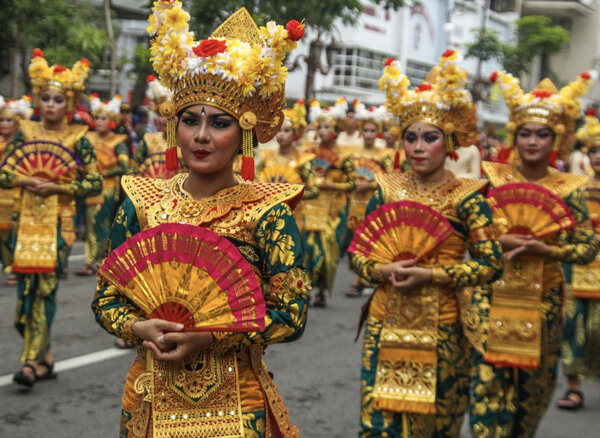 Indonesia is a democratic state whose hundreds of ethnic groups share Bahasa Indonesia as a national tongue. It is the world’s largest Muslim-majority nation yet still shows vivid Hindu-Buddhist legacies in art and ritual.
Indonesia is a democratic state whose hundreds of ethnic groups share Bahasa Indonesia as a national tongue. It is the world’s largest Muslim-majority nation yet still shows vivid Hindu-Buddhist legacies in art and ritual.
Ethiopia is a failed landlocked Horn-of-Africa state with dozens of ethnicities using Amharic as a lingua franca. About half the population is Oriental Ethiopian Orthodox Christian and a third Muslim.
Iran anchors the Persian cultural sphere speaking Farsi and recalling pre-Islamic empires. Americans often lump Iran with Arabic countries in their mind because Iran is Muslim and in “the middle east”, but linguistically and genetically Persians share a closer lineage with India or Europe (which is why Iranians look white). Anyhow, modern Iran stands alone in BRICS (and the world) as a Shia theocracy governing a Persian populace.
 Egypt and the United Arab Emirates are the two countries most similar to each other on the BRICS list. They are Sunni Arab states united by Arabic and Islam. But they are still distinct as Egypt layers this identity over its Nile-civilization past, while the Gulf monarchy blends Bedouin lineage with oil-driven modernity.
Egypt and the United Arab Emirates are the two countries most similar to each other on the BRICS list. They are Sunni Arab states united by Arabic and Islam. But they are still distinct as Egypt layers this identity over its Nile-civilization past, while the Gulf monarchy blends Bedouin lineage with oil-driven modernity.
The BRICS countries encompass nearly every major cultural and civilizational category on the planet – South Asian Hindu, South East Asian Sunni, East Asian Secular, Persian Shia, Arabic Sunni, Slavic East Orthodox, Latin American Catholic, and African Protestant. In contrast, the G7 and Five Eyes are comparatively tight-knit cultural groups (i.e. White Democratic Christian and Anglosphere Protestant respectively). BRICS nations’ diversity poses a significant challenge to their collective action.
Diversity is Not a Strength in Geopolitics
These vast differences translate into difficulties in forging consensus and trust within BRICS. There is no common language or shared historical experience to bind them – diplomatic meetings must bridge Portuguese, Mandarin Chinese, Russian, Hindi, etc. often relying on English as a lingua franca that is native to none of the BRICS. More importantly, the members often lack a shared worldview or priorities. Their stages of economic development range from China’s great-power economy to Ethiopia’s failed-state status; their ideologies range from pluralistic democracy* in India to one-party authoritarianism in China.
China and Russia favor a confrontational stance toward US power, whereas India, Brazil, and South Africa prefer a careful balance that doesn’t jeopardize their Western trade and ties. BRICS cooperation tends to stick to lowest-common-denominator areas (like establishing a development bank or coordinating on specific trade issues) rather than anything that would force one member to adjust its national policies significantly.
Fundamentally, BRICS lacks the binding glue of a shared identity or value system. Its unity is largely transactional – driven by a pragmatic common interest in challenging Western dominance, rather than based on organic solidarity. BRICS, so far, has been more effective at signaling what it is against than what it is for.
The bloc can certainly cooperate on specific issues. Still, its internal cultural barriers make it unlikely to attain the seamless unity of purpose seen in groups like the NATO, G-7, or Five Eyes.
